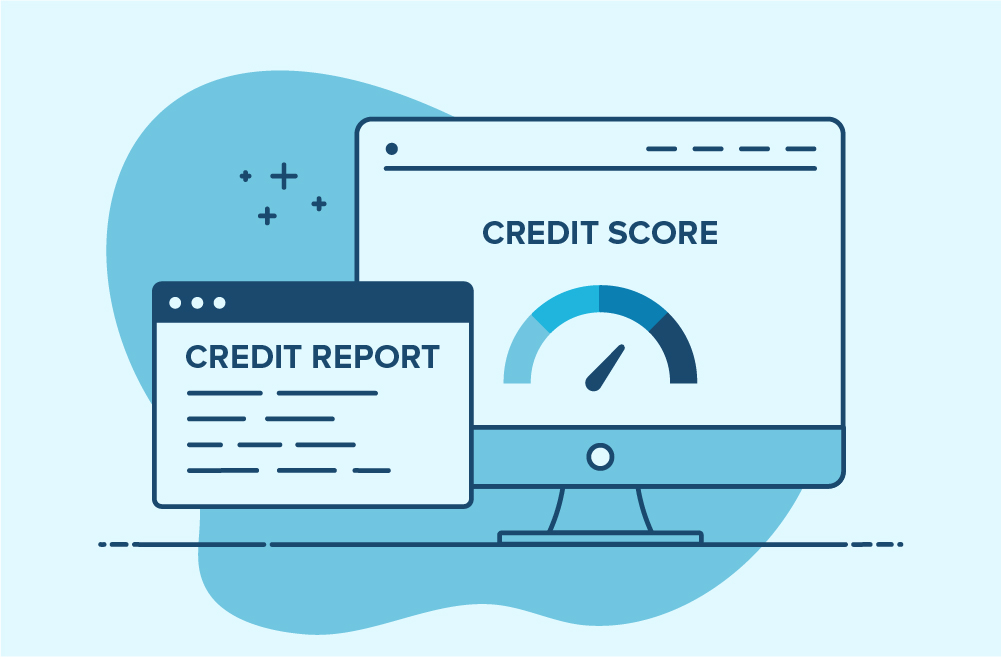Financial institutions issue credit cards to applicants with the understanding any money charged or advanced from the account comes with interest. The interest rate, referred to as the annual percentage rate (APR), allows the banks to make money on the loans. Some APRs are higher than others, and credit card applicants often seek the best APR.
Credit Cards and Interest Rates
Not everyone has the same credit history and background. So, a bank will typically review the applicant’s credit history to determine the APR. That said, some cards come with high rates because they offer generous rewards. Some applicants may agree to higher rates because they wish to access rewards points. However, there could be a way to amass rewards or pay little interest even on a high-APR card.
The Grace Period
It is worth pointing out that a credit card may come with a no-interest grace period. Usually, the credit card account holder must pay the balance in full before a set number of days expires and they won’t pay any interest. If the person only pays half the balance, interest accrues on the remaining portion. Those who carry balances from month-to-month likely find themselves making interest payments on their debts.
Improving Your Credit Score
A good APR for a credit card applicant varies. Those with low or even good credit may find lenders make offers with unappealing interest rates. One way to find better rates involves improving your credit score. Those with higher credit scores display more responsibility and less risk. So, making all payments on time, keeping decent debt-to-credit ratios, and avoiding defaults could help someone find a better credit card offer in time.
Determine the Average Interest Rate
According to SoFi Invest, a “good APR is one that’s below the current average interest rate.” A little research could reveal the current average interest rate, and such knowledge may give applicants a better understanding of the credit landscape. That knowledge might then tie into performing better comparison shopping.
Comparing Different Credit Card APRs
Not every lender is the same, and lenders will offer credit card interest rates differently. Comparison shopping could help a would-be applicant find the right deal. Online resources exist where interested persons can look over the annual percentage rates of various cards issued by different institutions.
Comparing Different Credit Card Deals
Looking at other costs besides the interest rates may be helpful, too. Some cards charge higher annual fees than others, and some charge no fees. A card may come with cashback or rewards. Other perks could involve insurance coverage on car rentals and vacation cancellations. Reviewing all the plusses and minuses associated with several cards may lead to choosing the preferred one.
Transferring from One Card to Another
Is your current APR too high? Transferring the balance to another card with a lower APR could save money. Determining if there are any transfer fees required seems helpful, too.
A lower APR makes a credit card less costly. Comparison shopping may lead to finding a card with the best rates.
















